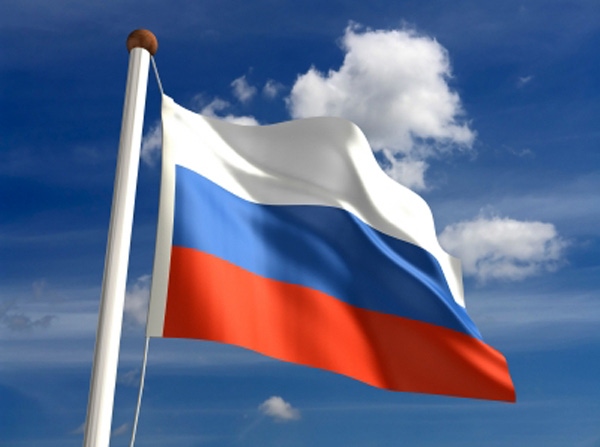In contrast to previous years when the domestic feed industry received insufficient attention from the state, the current Russian government will make it one of the priorities during the development of the country’s agricultural sector in the coming years.
April 4, 2019

By EUGENE GERDEN
The Russian feed market will grow by 9 million metric tons (mmt) to 40 mmt in volume and $4 billion (U.S.) in value terms by 2022-2023, thanks to the ever-growing domestic demand for feed and the resuming implementation of many investment projects in the industry, according to recent statements by the leading Russian feed producers and senior officials of the Russian Ministry of Agriculture.
Currently, the Russian economy is steadily recovering from the financial crisis and its consequences, which contributes to the growth of the country’s meat industry, particularly its pork and poultry segments –- the traditional consumers of feed in Russia. According to an official spokesman of Dmitry Patrushev, Russia’s Minister of Agriculture, further prospects for the industry are bright and high growth rates are expected in years to come.
In fact, the last period of the industry’s major growth was observed in 2010-2014, when production grew by 1.5 times in volume and 1.6 times in value terms. That growth was mainly due to a boom in pork and poultry production, which was observed in Russia at that time. However, the beginning of sanctions wars between Russia and the West has since led to the serious crisis in the industry and the decline of its production volumes.
While in recent years the situation has stabilized to some extent, some local analysts continue to have serious concerns, regarding the industry’s further development. In large part this is due to Russia’s ongoing dependence from the imports of some essential components used in its feed production.
The majority of such ingredients have been mainly supplied to Russia from Western countries, particularly the U.S. So far, the feed industry has been one of the few segments of Russia’s agriculture industry that has not been seriously affected by sanctions from West, as well as countersanctions, initiated by Russia’s President Vladimir Putin. That has allowed Russia to continue those imports in the same volumes, as in the past.
If the overall share of imports in the Russian feed market is estimated at 1%, then in certain segments these figures may reach 100%.
For example, Russian continues to import 100% of the feed vitamins it uses in its feed production. In the case of probiotics, this figure is estimated at 80% and 85% for amino acids.
According to recent statements of Patrushev (a son of Nikolay Patrushev, head of the Russian State Security Council, who is reportedly close to Russian President Putin) in contrast to previous years when the domestic feed industry received insufficient attention from the state, the current Russian government will make it one of the priorities during the development of the country’s agricultural sector in the coming years.
As part of these plans, according to Patrushev, planned support will be carried out in the form of subsidies. The provision of subsidies will be part of the existing state program on the development of agriculture and regulation of markets for agricultural products, raw materials and food in Russia, designed for 2013-2020. The amount of subsidies has not been disclosed. The majority reportedly will be provided to small and medium-sized enterprises. In addition to subsidies, consideration is being given to abolishing part of the taxes for the industry.
Overall, in 2018, the production of feed in Russia amounted to 28.6 million tons, which is almost 5% higher than in 2017. According to the Russian Union of Feed Makers, (a public association, which unites Russia’s largest feed producers) last year the country had 276 feed mills and workshops, including 59 large ones, with a capacity of 100,000-300,000 metric tons per year. In terms of ownership structure, if in 2003 72-73% of the local feed factories were independent, now the share of independent producers has decreased to 10-12% of the entire market, with the remaining feed producers being part of Russia’s large vertically integrated agricultural holdings. The main consumers are poultry enterprises, which account for 57% of the volume, and pig producers at 34% of feed produced in the country.
You May Also Like

.png?width=300&auto=webp&quality=80&disable=upscale)

